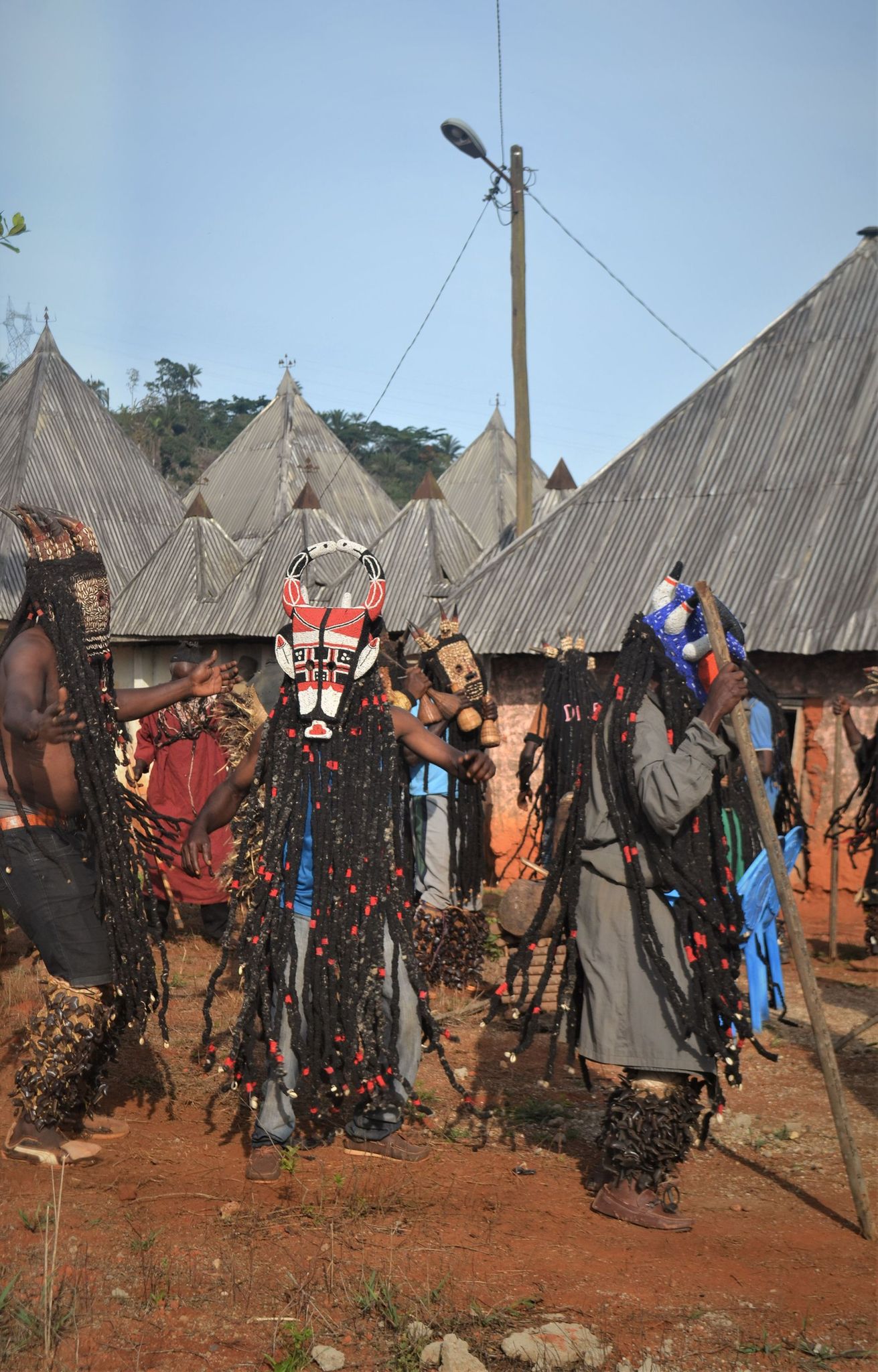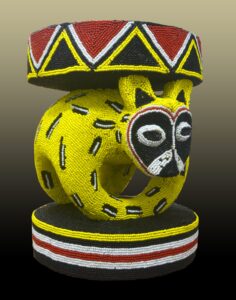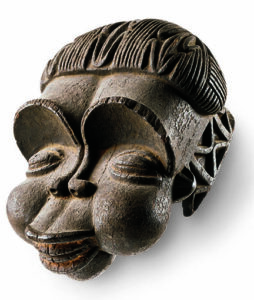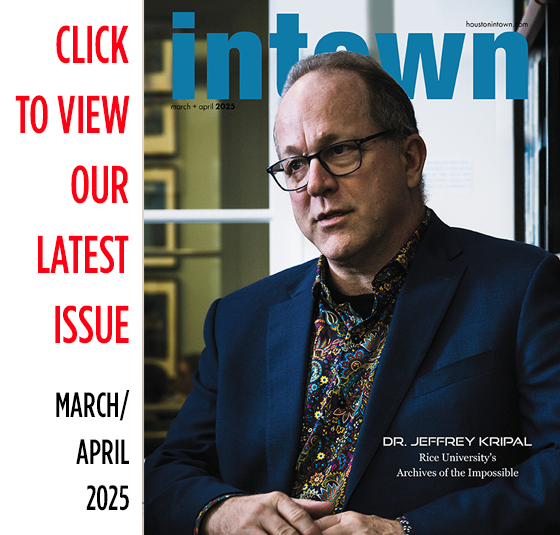The Menil Collection to Present Art of the Cameroon Grassfields, A Living Heritage in Houston


The Menil Collection is pleased to announce Art of the Cameroon Grassfields, A Living Heritage in Houston, an exhibition celebrating the enduring artistic traditions from Cameroon and its diaspora. On view at the Menil from February 17–July 9, 2023, the show will present more than twenty historical works from Houston-based collections, including the Menil; the Museum of Fine Arts, Houston; and local private collections. In a separate gallery space, the museum will display recent artworks by Douala-based artist Hervé Youmbi.
Hervé Youmbi said, “In my work, I have been building connections, or gateways, between two parallel worlds, the one of global contemporary art and the ritual one of so-called traditional African art. The two installations that will be presented at the Menil Collection were made and exhibited as contemporary art and, later, activated through ritual ceremonies or integrated into the royal courts of the Grassfields. Local communities and leaders have accepted them, made them theirs, but they can move fluidly back and forth between the two worlds. For this exhibition, they travel from their traditional spaces in the Grassfields to the museum’s gallery.”
Paul R. Davis, Curator of Collections, said, “What started with an ongoing, closer study of the Menil’s holdings of art from the African continent became an opportunity for the museum to engage with the different Cameroonian communities in Houston and to explore the ways in which the artistic heritage of the Grassfields circulates internationally. Traveling with Hervé Youmbi in the Grassfields to request loans of his work from the different royal collections was a real honor. It has been equally special to collaborate with Houston-based Cameroonian organizations and to access works from the Museum of Fine Arts, Houston, and other local collections. The exhibition project highlights how the cultural heritage of the Grassfields reverberates in our incredible city.”
Dr. Heribert Zouetchou of the La Famille Bamiléké de Houston (LAFABAH) said, “We are really energized by this exhibition at the Menil Collection. As one of the nonprofit Cameroonian cultural organizations in the city, LAFABAH strives to strengthen connections between communities in Cameroon and the Houston metropolitan area. This is a special opportunity to display the marvelous arts of the Grassfields and share our heritage with visitors to the museum.”

Art of the Cameroon Grassfields will feature headdresses, masks, prestige hats, royal stools and figural sculptures, and palace architectural elements from several of the Grassfields kingdoms. Highlights include two tsesah—rare examples of a type of headdress historically associated with Bandjoun, Batcham, and other kingdoms in the central Grassfields that epitomize the sculptural virtuosity of artists. When activated by dance, music, and ceremony, these objects represent the authority of religious and political leaders, powerful nobles, and heads of extended families.
A mountainous and verdant area in western and northwestern Cameroon, the Grassfields region is recognized internationally for its innovative artists, who
have been supported for centuries by the royal patronage of more than two hundred independent monarchies. While many kingdoms (chefferies) in the Grassfields date to the 17th century or earlier, others have been established more recently. Intense competition for prestige among rulers continues to drive the commissioning of elaborate and monumental forms of visual culture by the most revered artists and workshops. By the early 20th century, European colonization had thoroughly transformed the social fabric and political structures of the Grassfields. Entrepreneurial rulers and artists nevertheless seized on these profound changes to engage with the larger market of foreign traders, missionaries, colonial administrators, museum professionals, and artists.
Youmbi’s work underscores the vibrant living cultural heritage of the Grassfields and its ongoing transformation at the hands of contemporary rulers, ritual practitioners, and visual artists. He employs popular regional and international visual culture to explore histories of art, colonial legacies, and the futures of ceremonial and courtly art in the Grassfields. Bamileke-Duala Nyatti Ku’ngang Mask, 2019, from Youmbi’s ongoing series Faces of Masks (Visages de masques), addresses colonial distinctions between traditional and contemporary art from the African continent. Celestial Thrones consists of five suspended beaded wood transport thrones typical of those commissioned by Grassfields rulers. Made available to the exhibition by their majesties Simeu David (Bapa Kingdom), Gabriel Ndjiemeni (Fondanti Kingdom), and Ngangoum Sylvestre (Balassié Kingdom), the artist, and Axis Gallery, NY, the thrones depict powerful and culturally symbolic animals—panther, buffalo, rhinoceros, elephant, and tortoise—and each throne is embellished with a proverb extolling humility and principled leadership.
Art of the Cameroon Grassfields, A Living Heritage in Houston is curated by Paul R. Davis, Curator of Collections, The Menil Collection.
About the Menil Collection
Philanthropists and art patrons John and Dominique de Menil established the Menil Foundation in 1954 to cultivate greater public understanding and appreciation of art, architecture, culture, religion, and philosophy. In 1987, the Menil Collection’s main museum building opened to the public. Today, the Menil Collection consists of a group of five art buildings and green spaces located within a residential neighborhood in central Houston. The Menil remains committed to its founders’ belief that art is essential to human experience and fosters direct personal encounters with works of art. The museum welcomes all visitors free of charge to its buildings and surrounding green spaces. menil.org
Funding
Major funding for this exhibition is provided by Franci Neely. Additional support comes from Mary Hale Lovett McLean; Clare Casademont and Michael Metz; Caroline Huber; and the City of Houston through Houston Arts Alliance.























